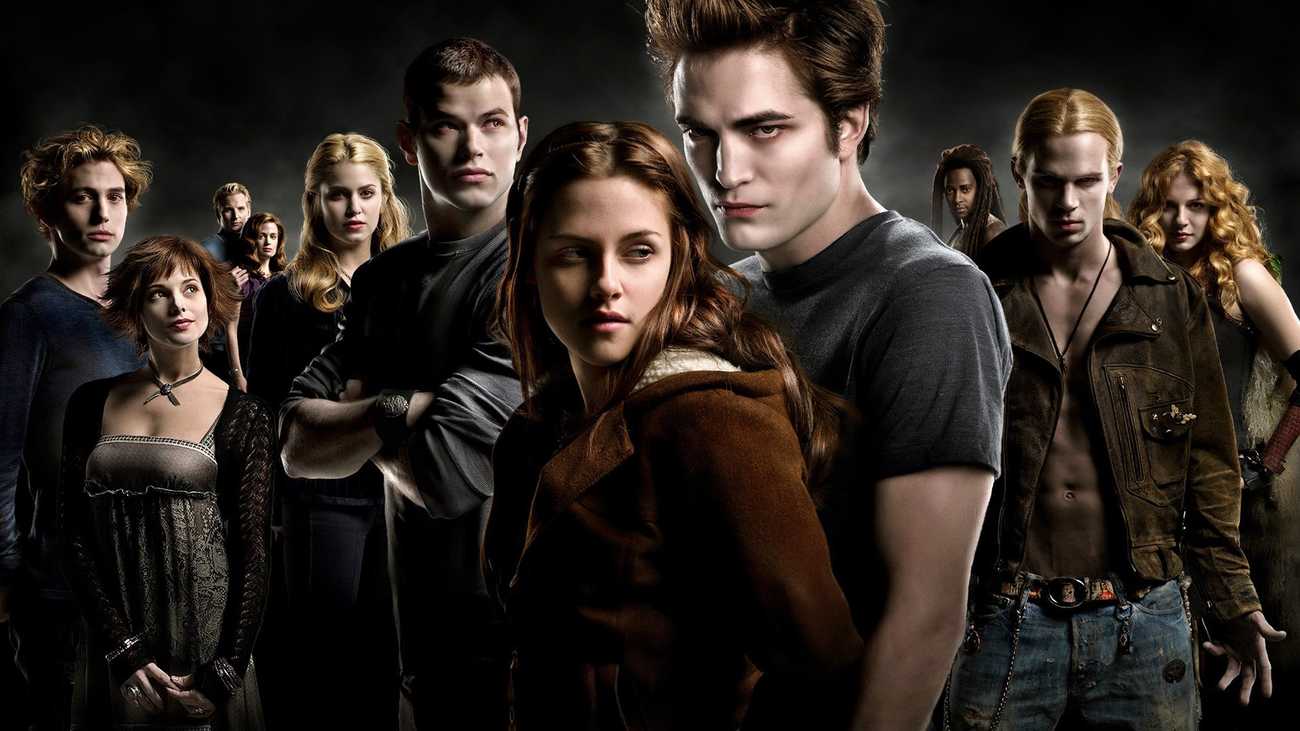
News
Summers Will Not Finish Semester of Teaching as Harvard Investigates Epstein Ties

News
Harvard College Students Report Favoring Divestment from Israel in HUA Survey

News
‘He Should Resign’: Harvard Undergrads Take Hard Line Against Summers Over Epstein Scandal

News
Harvard To Launch New Investigation Into Epstein’s Ties to Summers, Other University Affiliates

News
Harvard Students To Vote on Divestment From Israel in Inaugural HUA Election Survey
What the Hell Happened: ‘Twilight' Is A Thing Again?

It’s 1918. The Spanish Influenza has hit and is rapidly becoming a global pandemic. In the world of “Twilight,” Edward Cullen is sick and alone in an overcrowded hospital in Chicago. His future adoptive dad is about to bite his hand and make him sparkly. He will then spend 100 years as a judgemental virgin before falling in love with a girl who is “not like other girls” and fathering the creepiest baby ever to appear on film.
Flash forward: It’s 2020. It’s been eight months of various states of lockdown and adjusting to a new normal. Zoom has replaced Harvard lecture halls and “Twilight,” a series whose first book was released in 2005, is trending on the internet.
Huh?
No obviously new content coincides with this resurgence. While Stephenie Meyer released “Midnight Sun” — “Twilight” from Edward’s perspective — in August, the “Twilight Renaissance” (as it has been called) predates the book’s release. Sidenote: “Midnight Sun” was Meyer’s second alternative version of “Twilight,” the first of which was her gender-bent — ahem, ctrl find and replace — version of “Twilight.”
With the influx of free time that accompanied lockdown, people needed something to do — and for a lot of people, that something seems to have been revisiting their “Twilight” phase as part of the “Twilight Renaissance” — to which we must ask why.
First, the obvious: “Twilight” is bad. Its lore has more holes than swiss cheese and its plot is as consistent as lumpy porridge. More appallingly, there’s the pedophilic “imprinting” concept; Meyer can say it’s not like that as much as she wants, but it absolutely is a form of grooming. There is also unrelenting racism against Native Americans throughout — not to mention how Meyer bastardized Quileute legends and has never paid the Quileute community a cent. A disappointingly varied array of misogynistic tropes also affect almost every female character.
Inexplicably, enough people still find “Twilight” compelling enough that over 3,500 fanfictions involving “Twilight” have been posted on Archive Of Our Own (AO3) in the last year and the “Twilight” subreddit has over 20,000 members today. This group of returning fans is back with more social awareness than they had in 2005 and are doing active work to recognise how deeply flawed the “Twilight” series is and refute Meyer’s harmful portrayals.
This, however, does not alleviate the question of why people have flocked back to a piece of media that so obviously has so much wrong with it. Is it simply that the pandemic gave a lot of us too much time?
Beyond the dazzling number of issues with “Twilight,” it is possible not all of the cringe-culture surrounding it was fair. Just like boy bands, K-POP, and YA literature, media with a demographic primarily made up of teenage girls is often unfairly belittled and demeaned in a way that media aimed at boys is not. This modern resurgence has allowed adults to shamelessly re-engage with what they enjoyed as teenagers and look at it through a more evolved lens.
Furthermore, “Twilight” inadvertently raises many fascinating themes. The question as to whether these themes were raised intentionally is a discussion for another day. The books are about monsters who do not want to be monsters, and tirelessly fight their natures to try to be good. They examine the difficulty of being brave when everyone else has abilities that you don’t and never letting yourself be helpless. It’s about choices and deciding what you want your life to be. Even if the central romance is deeply dysfunctional, it’s about weighing up how you should be, are, and want to be. The way these questions are considered is anything but sophisticated, yet they are nonetheless fascinating once raised.
At the end of the day, “Twilight” is bad. Yet it was incredibly popular a decade ago, and a degree of that popularity is back now. So why is this specific piece of mediocre, problematic media experiencing a revival?
Even though the parallels between Edward’s and therefore “Twilight”’s origin and our present moment are resonant, that probably isn’t the reason for its return.
Perhaps it’s because “Twilight” is incredibly contrived. The drama is ridiculous and the stakes are barely there — the climax in “Breaking Dawn” is literally some people walking around a field. It isn’t a children’s book, yet you never need to worry that things might end badly. Maybe it also has something to do with nostalgia; In a time where we need emotional support and relief from our difficult circumstances, media we once loved might be a great place to get that. It’s hard to imagine, though, that “Twilight” is the best source of that emotional escapism.
Many questions about this phenomenon still remain unanswered. The return of “Twilight,” of all things, on certain corners of the internet is really weird. Then again, this year has also been really weird and is getting weirder every month. Perhaps that’s all there is to it.
Want to keep up with breaking news? Subscribe to our email newsletter.
